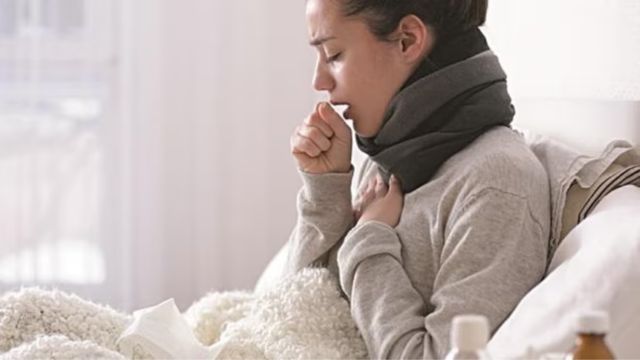The University of Kentucky, by Robert McCool
Winter is far from gone, even though the first winter storms of the year are over. As we anticipate spring, it is crucial to remember safety during the rest of the winter.
In the winter, heating is necessary for comfort and safety, but it can also be dangerous. In addition to being the third most frequent cause of deadly fires, heating is the most frequent cause of house fires and fire-related injuries. Between December and February, more than half of all fires caused by heating occur.
Have your chimney or vent pipe inspected annually by a skilled professional if your heating system uses fuels like propane, natural gas, wood, coal, or oil. They will clear the chimney or vent of any accumulated creosote, other combustible materials, and blockages. Additionally, they will inspect the liner for any fractures or gaps. Frequent maintenance of your heating system lowers your home’s risk of fire and the buildup of harmful carbon monoxide (CO) gas. Because CO is odorless and colorless, it can accumulate to hazardous amounts undetected.
Anything that could catch fire, such as bedding, drapes, and furniture, should be kept at least three feet away from heat sources. This covers portable space heaters, wall heaters, fireplaces, and heating vents. Keeping combustible objects far from heat sources is crucial, however it can be challenging in smaller spaces.
In really cold weather, a lot of individuals utilize space heaters as a backup heating system or as their main source of heat. Despite their convenience, space heaters need special attention. Never connect more than one electric space heater—either directly or through a multi-outlet adapter—to a single electrical socket. Electric space heaters should never be used with power strips or extension cords, and the heater cord should never be run under carpet or rugs. Make sure an electric space heater has a tip-over switch before using it.
There are additional dangers associated with fuel-burning space heaters, such as kerosene and propane heaters. It’s crucial to carefully follow the manufacturer’s directions whenever you refuel a fuel-burning heater because doing so can be dangerous. Heaters that use fuel can also produce harmful CO. Never heat your house with a fuel-burning heater unless it has been rated and approved for indoor usage.
Having a functional CO detector is crucial if you use any type of fuel-burning heating system. These detectors track the amount of CO in the air and sound an alarm if it starts to get dangerously high.Additionally, regardless of the type of heating system you employ, functional smoke alarms are necessary.
Every occupied floor of our houses should have a smoke alarm, as should every bedroom. Smoke alarms should be tested at least once every month. Create a home fire escape plan that includes at least two exits from each room and ensure that everyone knows to leave the house right away if the alarm goes off.
The Kentucky Injury Prevention and Research Center, located at the University of Kentucky College of Public Health, has Robert McCool as its program coordinator.



